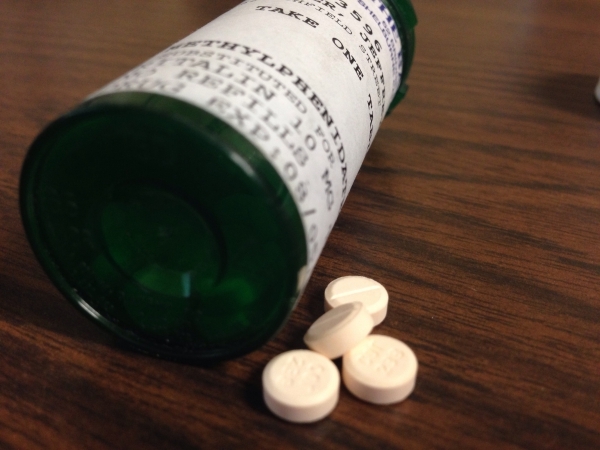BRATTLEBORO — Prescription opiate misuse and abuse such as OxyContin or hydrocodone is all over the media. Governor Peter Shumlin even called a statewide Opiate Addiction Forum to address the issue this year.
What is not being highlighted in the media is prescription stimulant misuse and abuse - especially among teenagers and college students. Granted, the consequences and dangers are not as obvious but they are just as significant.
In the 2013 Youth Risk Behavior Survey, which is completed nationally in middle and high schools every two years, 1 in 20 Windham County high-school students reported recent misuse of a prescription stimulant not prescribed to them. Unlike other prescription drugs, prescription stimulants such as Ritalin and Adderall, used to treat attention-deficit hyperactivity disorder (ADHD), are very accessible among teenagers because it is prescribed to many of their peers.
According to the Vermont Department of Health, in 2012 only 5 to 7 percent of opiates, sedatives, and barbiturates prescribed in Windham County were prescribed to males and females 18 and younger.
However, 41 percent of the males and 20 percent of the females prescribed stimulants in Windham County were 18 and younger.
* * *
The lack of perception of risk could also be a contributing factor to this misuse. A study completed by the Partnership for Drug-Free Kids showed that a quarter of students and almost one-third of parents believed ADHD medication can improve a child's academic or testing performance, even if the teen is not diagnosed with ADHD. There is no evidence of this to be true.
A specialized report was recently created by the Vermont Department of Health by its Brattleboro district office which used data from the 2013 Youth Risk Behavior Survey to show past 30-day substance use crossed with different risk behaviors.
The report could not conclude a connection of substance use (specifically alcohol, marijuana, and prescription drugs) and risky behaviors, but it did determine that they were highly associated. It is also important to note that the report did not distinguish if students used only one or several drugs.
With that disclaimer, the report showed that among all students reporting substance use within 30 days, those who misused prescription stimulants exhibited the highest rates of risky behavior.
Such behaviors included harming oneself, attempting suicide, bullying or fighting another person in the past year, or having sex while under the influence in the past three months.
Prescription opiate misuse ranked a close second, and excessive marijuana use (20 times or more a month) came in third in all these risky behaviors.
When compared to students who reported recent binge-drinking, students who reported recent misusing prescription stimulants were twice as likely to report having sex while under the influence in the past 90 days (62 percent), and 50 percent higher in fighting (63 percent) or bullying someone (37 percent) in the past year.
That said, the report also revealed that a majority of the students who reported recent misuse of prescription stimulants were among the numbers of the students reporting binge-drinking and risky behavior. Nearly 9 out of 10 of the students who reported recent misuse of prescription stimulants also reported recent binge drinking.
The office of alcohol and drug education at the University of Notre Dame explains the risks of mixing alcohol and prescription stimulants: “The stimulant effect can cause students to prolong use, resulting in consuming unhealthy amounts of alcohol, which has led to cases of alcohol poisoning. Stimulants in the system can block the depressant effect, shuting off the warning signs to a person's body that they may be drinking too much.”
Also when compared to students who reported recent binge drinking, more than twice as many students who reported recent misusing prescription stimulants had harmed themselves (46 percent) or attempted suicide (37 percent).
According to an research article “Treatment for Stimulant Use Disorders” from SAMSHA (Substance Abuse and Mental Health Services Association), the greatest risk of stimulant withdrawal “is of doing harm to self or others. Because withdrawal-related dysphoria and depression can be particularly severe in stimulant users, risk of suicide is intensified, and sensitive management is essential.”
* * *
It is critical that the media begin to give equal attention to the risks of prescription stimulant misuse as it does to prescription opiates.
Youth need to be made aware by medical providers, families, peers, and schools of the consequences and dangers of prescription stimulant misuse.
Our children need to understand and avoid increased risky behaviors associated with misusing prescription stimulants. They need to know that the combination of easy access and availability and their lack of perception of harm could be a deadly combination.
